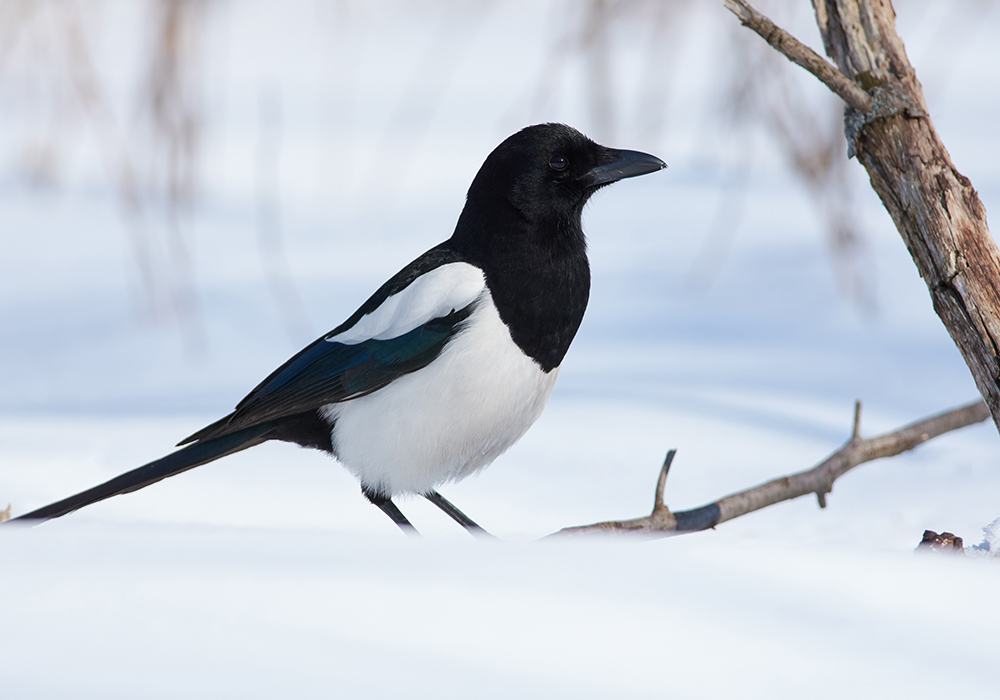One recent Saturday morning while sitting in a coffee shop in Saskatoon, I saw something that stopped me cold. It was minus 12 C — not terribly frigid but chilly enough — when in walked a young man wearing shorts.
Now, that’s not completely abnormal behaviour. Heck, I’ve been known to take the garbage out or quickly push some snow off the sidewalk in the winter while wearing shorts.
But did I mention he was also wearing sandals? That definitely moved the “oddity” needle a bit to the right.
Read Also

Invigor Gold variety viewed as threat to condiment mustard
Invigor Gold, the canola-quality mustard developed by BASF, is on a collision course with Canada’s condiment mustard industry. It’s difficult to see how the two can co-exist.
However, it was what he had just removed from his feet and was now carrying into the restaurant that really had jaws dropping. This young man was walking around in shorts, sandals and a pair of crampons that folks wear on their shoes in the winter when they are afraid of falling on the ice.
That was a new one for me.
You have to admire the man’s resiliency. He obviously had no interest in wearing pants, socks and shoes while venturing out into the ice and snow, but he was also able to do what he needed to do to carry on this unorthodox behaviour without falling flat on his keester.
That type of resiliency was the talk of the town a few years ago when the pandemic wreaked havoc with our supply chains. As Producer reporter Ed White wrote in his Hedge Row column in the fall of 2021: “The world’s food supply chain is an outstanding example of resilience. The world’s consumer goods supply chain is anything but.”
The black-billed magpie is another example of resiliency.
This non-migratory bird makes its home in most of the Prairies, originally forming a natural relationship with the massive bison herds that roamed the plains. Magpies ate ticks off the bisons’ backs and then ate the bison themselves when they died.
The birds suffered a serious setback when the bison disappeared in the 1870s, but they put their resiliency to good use when European farmers arrived, forming a similar relationship with their cattle and then learning how to live in more urban areas.
Today, the birds are back and thriving.
Like the young man with the crampons on his sandals, they figured out how to survive in the toughest of conditions.















